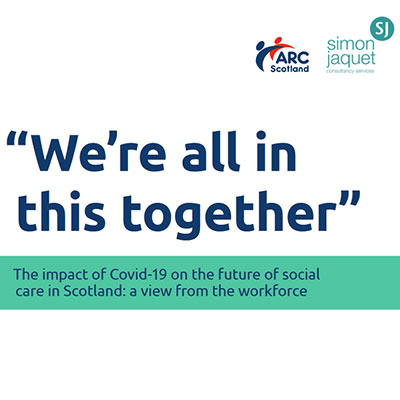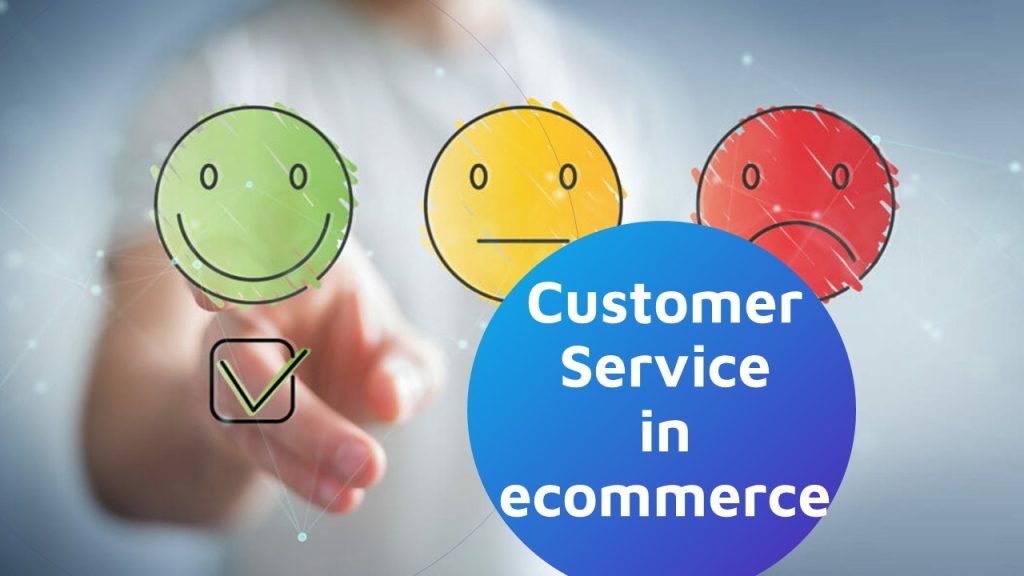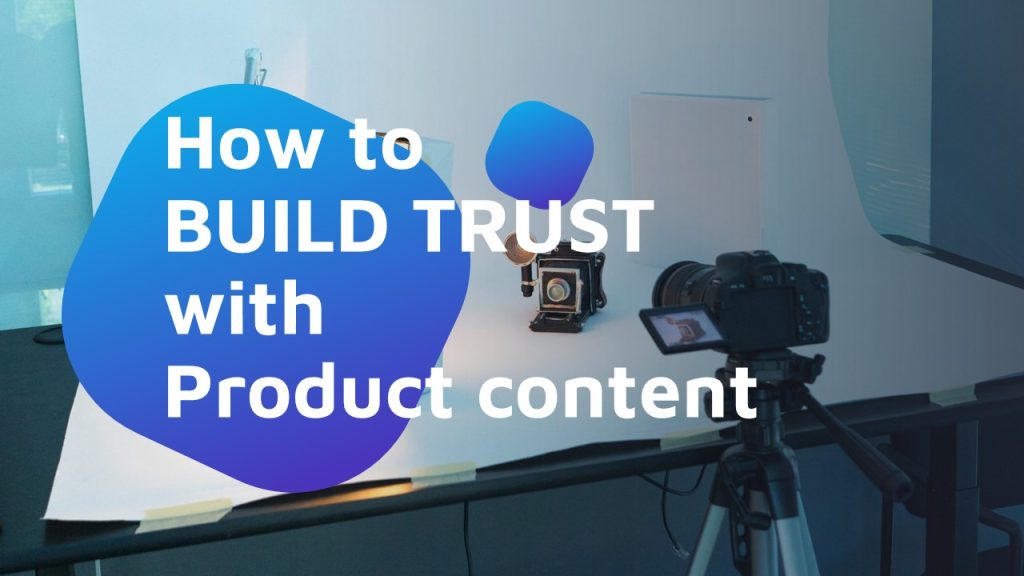You may have noticed how brands have changed their way to approach their audience over the past years. It is not a temporary fad or an original initiative, but a change in trend that is closely related to the debranding strategy we explained in our recent post.
First off, what is storytelling?
Storytelling in marketing is the use of stories to connect with consumers and create an emotional response. This can be done through a variety of mediums, such as advertising, social media, and content marketing. By telling a compelling story, businesses can engage with their audience and create a memorable brand experience. This can help to build brand loyalty and foster a connection with consumers.
And what is storymaking?
Storymaking in marketing is a concept similar to storytelling, but it emphasizes the active participation of the audience in creating the story. This approach is often used in social media marketing, where consumers are invited to share their own stories and experiences related to a brand. By encouraging consumers to participate in the creation of the brand’s narrative, businesses can create a more authentic and engaging experience. This can help to build stronger connections with consumers and create a sense of community around the brand.
The advantages of storymaking
- Storymaking empowers users, who know they are free to express their opinion and ask questions.
- Forces brands to work for their buyers’ satisfaction. And that goes from basic things such as product quality and ease of understanding and use, to more complex ones, such as the user’s experience during the entire journey and after-sales.
- Creates momentum.
- Adds the Fear of Missing Out and reinforces the sense of belonging.
- Places the user and his / her problems at the center instead of the brand, making the experience the key factor to relatability and the sense of belonging.

A few examples
- User-generated content makes the perfect example of the difference between storytelling and storymaking. Unboxing videos, product reviews
- Branded hashtag campaigns and the challenges that catapulted the popularity and use of TikTok.
- Product videos highlighting the situations when a product is the solution to a need.
- Lifestyle photography focusing on the instant when a product becomes a solution.
Why the change?
Like in most recent changes, the pandemic had something to do. For once, the whole world shared the same circumstance with little to no exception. Uncertainty and anxiety settled in households during lockdowns, and slogans about togetherness echoed worldwide, given the sudden need for mutual support.




A brand’s story is one of its foundations. The problem with storytelling is that it doesn’t leave much room for variation, not to mention it’s in the past tense. Storymaking in turn refers to the fact of making history as it happens. It’s in the present continuous tense, and more importantly, it involves anyone who wants to take part in it.
Turning us into a mayastatic we has become the norm and has changed the center of attention from brands to people and communities. Because there is no I in We.

Storymaking in 7 steps
- Spot your audience’s concerns to build your plot. Sustainability is a central topic nowadays – not necessarily for environmentalism, but to reach out to the younger generation.
- Create exciting and motivating content. Avoid data, technical features, and unnecessary information. Stories are emotional and precisely seek an emotional connection to taking action.
- Invite your followers to take part in your brand’s story and build it together!
- Choose a good plot. Every story needs development and must have an introduction – climax – final. In other words, a situation, a problem, and a solution are provided by a brand that sells an experience. Avoid making it too complex or predictable.
- Spot your ideal end-consumers and design your story for them. Everyone can listen and even relate to it – including people who don’t fall in your buyer personas. But by targeting specific groups and profiles you’ll increase their odds of getting on your bandwagon.
- Use the right channels. Every segment of an audience has a preferred platform. whether told verbally, visually, through photos or video, in networks, the story must engage from the beginning, and maintain interest until the end. Make sure it is easy to remember and repeat. And don’t be afraid to allude to the product or brand, but in a subtle and elegant way.
- Use cliffhangers to create expectation. Copy is one of the critical aspects of product content for ecommerce. Leave an ending without an ending to make sure your story seduces those who read it. This is a great opportunity to use in launch promotions and brand awareness campaigns.
And of course, choose your content carefully
Together, different pieces of content help to consistently support your story. And this is, probably, the most challenging part of storymaking. The best pieces of content will depend on a variety of factors: from the target audience and the brand’s style to the product itself. Your brand is the solution to your audience’s pain points and that is what your content should focus on. Be it through product videos, illustrations, or lifestyle photography, relatability matters much more than classic navel-gazing communication.



